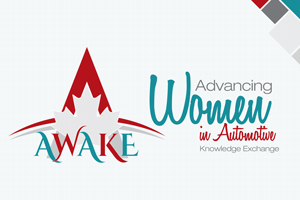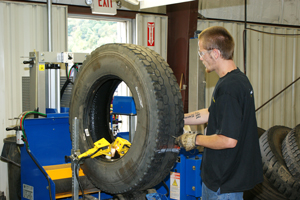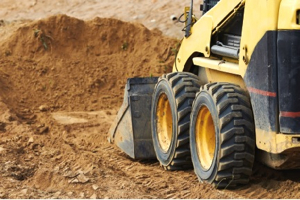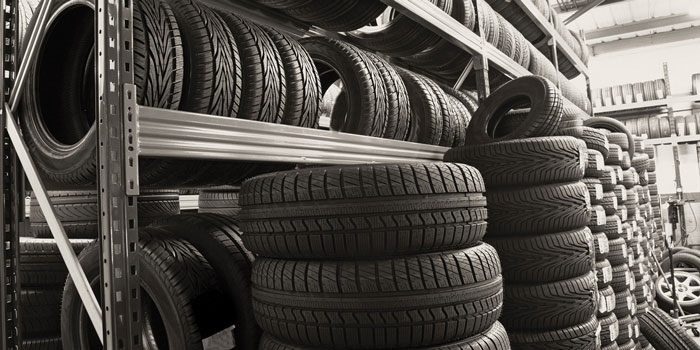Labor shortages seem to be the common story of our industry. Although sources differ in their analysis of what the Canadian automotive industry labor gap will actually be in the coming years, our members are alarmed, claiming numerous unfilled jobs and a dwindling pool of available skilled candidates.
A 2009 Canadian Automotive Repair and Service Council (CARS) report claimed that in 2017 there would be 3,000 unfilled positions in automotive. The CSMO (Quebec’s equivalent to a skills council) claims there will 10,000 unfilled positions in the next decade. Regardless of the exact number, the reality is that we need to take a serious look at our sector.
I recently heard someone of influence say at an industry conference that the “sustainability and profitability of our sector is at risk.” I agree.
To address this, we need to act boldly and swiftly. We need to turn our sector upside down, give it a shake, and refill the bucket, which begs the question: If we are indeed facing a labor crisis, does it not make sense to look at attracting resources from the other 51% of the workforce currently untapped when it comes to careers in automotive? Of course, it makes good business sense to do so; however, the logistics require getting our own house in order first.
Women make up 51% of the Canadian population, but only 6.4% of trade jobs are held by women. – Statistics Canada
What is the current situation for women who are trailblazers in the sector? In 2015, the Automotive Industries Association of Canada (AIA) applied for and received funding from Status of Women Canada to develop a sector plan aimed at improving the recruitment, advancement and retention of women in automotive. Not a small task, but one with important impact.
The first phase of the project consisted of conducting a needs assessment. This meant asking women – working in a variety sectors of the industry and in various positions of responsibility – what it was like for them. We gave them a voice. Results of the focus groups were telling and provided insight as to where we are as an industry, and where we need to go from here.
At the same time we surveyed human resource professionals, probing their policies as it relates to the recruitment, advancement and retention of female employees. The goal of mixing the two research methods was to identify important gaps between the actual experiences of women in the sector and the perceived issues from an HR perspective.
Overall, participants shared similar experiences all around. The findings were grouped by the following themes:
• Women’s perception of acceptance within industry;
• The impact of workplace culture;
• Public perception of industry opportunities, and;
• Resources for women in the sector.
The top recurring experiences showed that still, in 2016, women in the sector are struggling to find their place in our industry, feel like they need to work twice as hard as their male counterparts and are subject to harassment.
These are difficult topics to discuss. It paints our sector as a misogynist, one where diversity is lacking – and not just gender diversification. Although it may seem harsh to display this in a national report, the goal of this project is not to air dirty laundry or to create an “us vs. them” collective atmosphere. Quite the opposite, this project aims to bring automotive to the forefront of innovation, diversification and openness. It positions the entire industry as a leader, provides opportunities for positive exchanges and sets a standard for skilled trades in Canada (and perhaps beyond).













